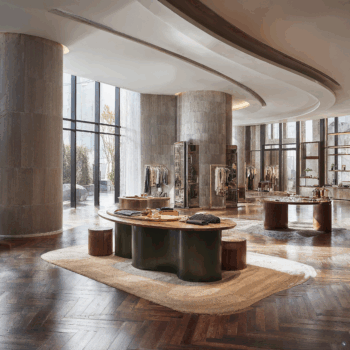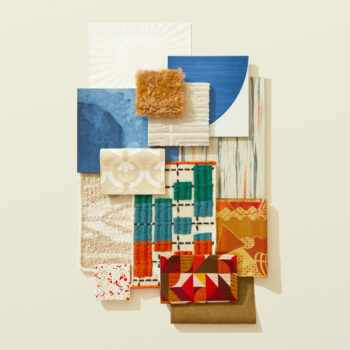
As populations continue to grow and urbanization encroaches on natural habitats, the role of landscape architecture in preserving and enhancing natural wonders has never been more crucial. This discipline not only shapes the way we interact with our environment but also ensures that natural beauty is accentuated rather than overshadowed by human intervention. Using complementary materials and thoughtful design, landscape architects create spaces that honor the existing landscape while subtly enhancing its features.
Pavers are a practical and versatile element in landscape architecture. When used thoughtfully, they can blend seamlessly into natural settings. Natural stone pavers, such as flagstone or slate, offer a rugged and organic look that complements rocky terrains and forested areas. Their irregular shapes and earthy tones mimic the randomness of nature, creating a pathway that appears as if it has always been there. Permeable pavers can be used for a more contemporary approach. These eco-friendly options allow rainwater to seep through, reducing runoff and supporting the health of surrounding plants.
The use of wood is timeless and adds warmth and serenity. In landscape architecture, it can be used in a variety of ways, from benches and railings to decks and bridges. When used in its natural state, wood weathers gracefully, developing a patina that enhances its integration into the landscape. Reclaimed or sustainably sourced wood is not only environmentally responsible but also adds character and charm.
Stone is one of the most durable and visually striking materials available to landscape architects. Whether used as a retaining wall, a water feature, or a focal point, stone brings a sense of permanence and stability. Native stone, quarried from local sources, is ideal for maintaining the authenticity of a natural setting. Its unique colors and textures can be used to mimic the surrounding rock formations, creating a harmonious blend of built and natural environments. In areas where the landscape is defined by dramatic cliffs or rocky outcrops, stone can be used to frame views or highlight specific features. Dry-stacked stone walls and boulder arrangements guide the eye through the landscape, drawing attention to the beauty of the natural world without overpowering it.
Mulch is a simple yet powerful tool. It serves multiple functions, from retaining soil moisture and suppressing weeds to adding a layer of visual interest. Organic mulches, such as wood chips, bark, or pine needles, are ideal for creating a natural, rustic look. These materials decompose over time, enriching the soil and supporting the health of surrounding plants. Stone or gravel mulches are used for a more polished appearance. These are particularly effective in arid environments where water conservation is a priority.
In designing with foliage, it’s important to consider the seasonal changes that will occur. By incorporating a mix of evergreen and deciduous plants, architects can create a landscape that is dynamic and visually engaging throughout the year. Grasses, shrubs, and trees should be arranged to frame views, provide shade, and create a sense of enclosure and intimacy within the space.
Landscape architecture is a delicate balance of art and science, where the goal is to create spaces that are both functional and beautiful. By using complementary materials such as pavers, wood, stone, mulch, and foliage, landscape architects can craft environments that celebrate the unique qualities of each landscape while helping to preserve our natural wonders for future generations.
Learn more about other materials to incorporate into your landscape designs with our article on breeze blocks.







